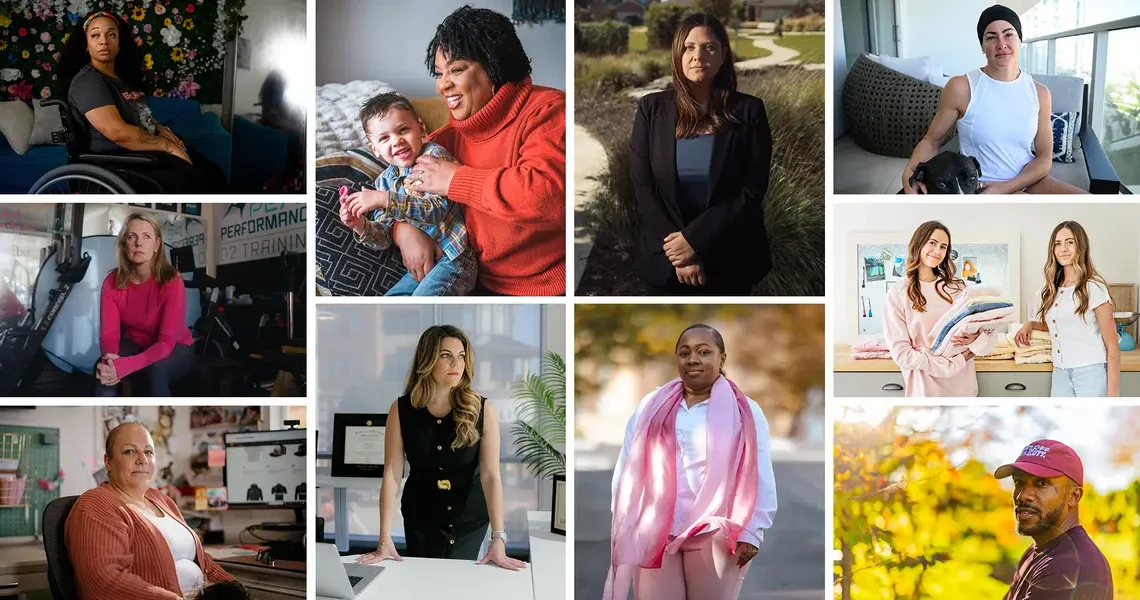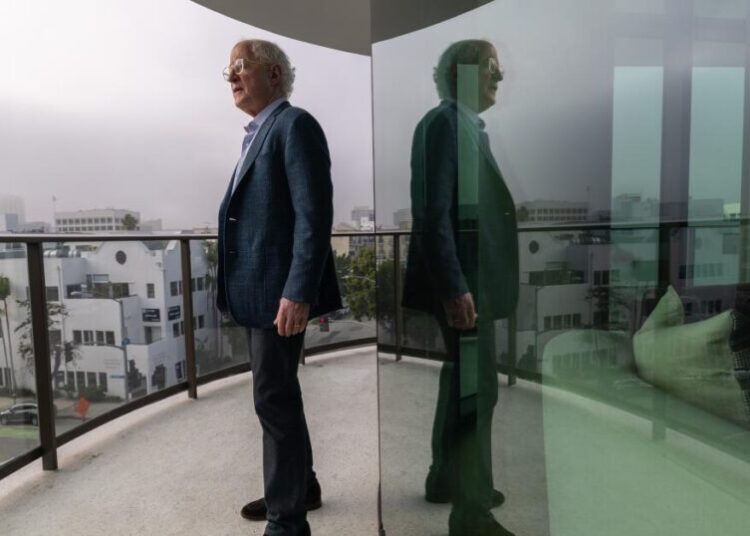More Americans in their 20s, 30s, and 40s are getting diagnosed with cancer. These are people juggling careers, young families, and a brutal economy.
While some of that rise can be explained by lifestyle changes, that doesn’t tell the whole story.
We’ve spent the past year digging into this — talking with dozens of patients, caregivers, doctors, researchers, and economists to understand what’s happening, what it’s costing people, and what can actually help.
Scroll down to explore our reporting project, The True Cost of Young Cancer. Our video and six stories delve into the most pressing aspects of this trend, from the unique financial challenges to the patchwork of fertility laws that young patients face.
But first, here are six of the best tips we gleaned throughout our reporting. The system isn’t built for patients under 50. Still, there are some things you can focus on to protect yourself in a world where the causes are complex and the costs are high.
1. Understand what’s driving the trend
Cancer diagnoses in people under 50 are rising sharply.
Standard advice still focuses on personal habits — eat better, move more — but the science shows it’s not just about lifestyle.
What you should know:
- Poor diet, drinking a lot of alcohol, smoking, and weight gain can increase your cancer risk.
- However, research shows that there are environmental factors we can’t easily control, including shifting gut bacteria, air pollution, and artificial light.
- Systemic gaps shape who gets diagnosed and when — such as only screening older people and limited research funding for young cancers.
- Remember: Cancer is not an individual failure; it’s a public health problem. Control what you can control, but don’t let fear take over.
2. How to protect yourself — realistically
Prevention isn’t one-size-fits-all — and it’s not entirely in your hands. The “exposome” (a word scientists use to describe the total mix of environmental exposures affecting our health) shapes risk as much as diet does.
Still, there are some things you can do to reduce your risk of an early cancer diagnosis.
What you can do:
- Move regularly, eat plenty of fiber, get enough sleep, and limit your intake of processed foods. Small changes count more than perfection.
- If you like structure, the Mediterranean-style diet — built around vegetables, whole grains, olive oil, and lean proteins — supports both gut and overall health.
- Know your family history, and consider genetic testing if several relatives were diagnosed at a young age. Syndromes like Lynch can raise risk, but genes alone rarely decide outcomes.
- At home, ventilate when cooking or burning candles, or use a HEPA filter if you can — but remember, the biggest impact comes from policies that clean the air and make workplaces safer.
3. When to push for screening, even if you’re ‘too young’
Colon cancer is the fastest-rising cancer among young adults.
Still, many younger patients are told to “wait until 45” for a colonoscopy, even when symptoms or family history suggest otherwise.
Ask your doctor:
- Given my history, should I be screened earlier?
- Can you note “medical necessity” so insurance might cover it?
- Are there low-cost or stool-based options?
The same questions apply for other types of cancer.
If you’re 45 or older and denied coverage for a colonoscopy, appeal — the screening age was officially lowered in 2021.
If a procedure isn’t urgent, waiting for prior authorization from your health insurance company can help prevent unexpected bills later.
4. Keep track and trust your instincts
Many early diagnoses start with someone noticing something “off.” Younger patients are often dismissed or misdiagnosed.
What you can do:
- Keep short notes on your phone about symptoms, test dates, and doctor visits. Snap photos of paperwork instead of filing everything away.
- When something feels unusual — rectal bleeding, new pain, bowel changes — mention it, even if you feel embarrassed or think it’s not serious. Doctors are trained for these conversations.
- Use tracking as a tool for clarity, not anxiety. Consider setting up a weekly reminder to update your notes, then close the app and move on. The goal is to stay organized, not obsessed.
5. Ask the money questions early
Treatment can drain savings even for the insured. Costs often hit before patients realize they can negotiate or get help.
Ask your care team:
- Can you prescribe generics or biosimilars?
- Are there clinical trials that cover the costs of treatment?
- Is there a financial counselor or patient navigator?
Navigators are professionals who guide you through appointments, insurance paperwork, and financial aid. Many people told us patient navigator programs were the single most helpful resource in managing both cancer treatment and stress.
They can also help you find clinical trials that cover newer, “experimental” treatments like immunotherapy — sometimes with travel or lodging support.
If your hospital offers one, ask to be connected early. If not, ask awareness groups where you can find one.
6. Build your support network
No one should have to face the physical, financial, or emotional toll of cancer alone.
Some organizations that help bridge the system’s gaps:
- Family Reach and CancerCare — help with living and travel costs
- Patient Advocate Foundation — insurance and billing assistance
- American Cancer Society Hope Lodges — free lodging near treatment
- Livestrong Fertility — funding for egg or sperm freezing
- Meal Train — a community service for friends to support you with meals during treatment
- Stupid Cancer — builds community and offers programs for young adults living with cancer
- Make Cancer Less Shitty — delivers care kits to patients navigating treatment
Read the reporting
Credits
Reporters: Hilary Brueck, Allie Kelly, Gabby Landsverk, Julia Pugachevsky, Kim Schewitz
Editors: Edith Honan, Mia de Graaf, Andy Kiersz, Tracy Connor, Kashmira Gander, Joi-Marie McKenzie, Bartie Scott
Photo: Bryan Erickson, Rebecca Zisser, Ryan Gryzbowski, Alyssa Pointer, Ian Tuttle
Design, Development, and Graphics: Randy Yeip, Jinpeng Li, Eason Xinran Wang
Video: Sarah Andersen, Esteban Aburto, Barbara Corbellini-Duarte, James Berry, Jack Bynum, John Falchetto, Corentin Soibinet, Harry Zernike
Project editor: Mia de Graaf
Read the original article on Business Insider
The post Cancer rates are rising among young people. Here are 6 ways to lower your risk and stay prepared. appeared first on Business Insider.




